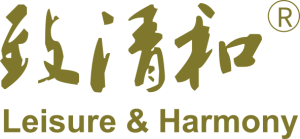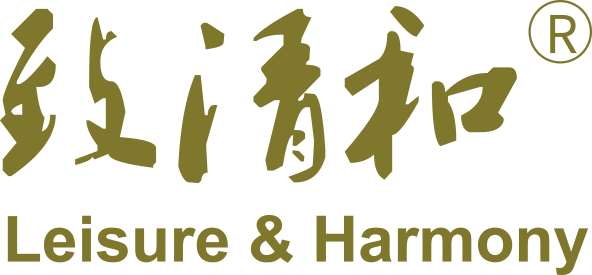Hangzhou Zhiqinghe Tea Tech Co.,Ltd.
Since 1992.
A Concise History of Japanese Tea
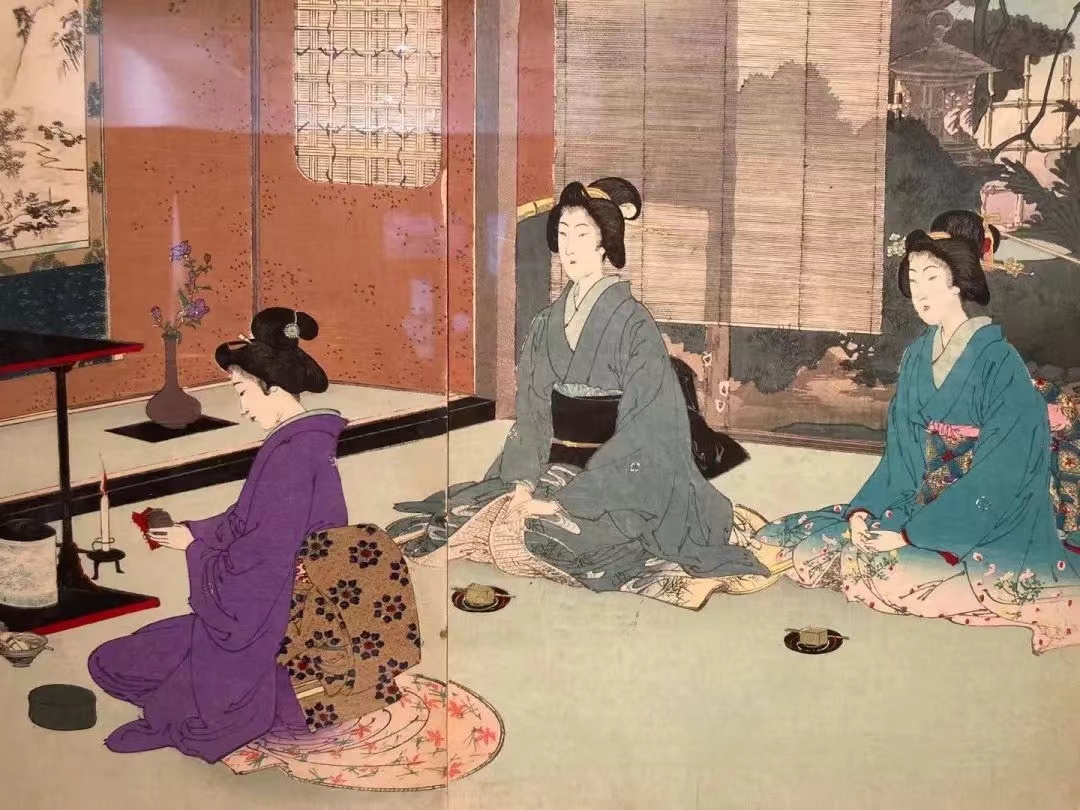
Tea in Hongren Era of Japan
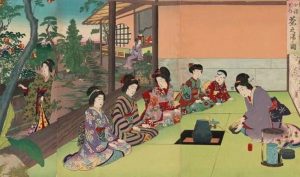
In 805 A.D., tea was introduced into Japan by overseas monks, and then the “tea drinking trend” gradually arose among the Japanese aristocratic class.
Because of the influence of the Sagittarius Emperor, the reign of Hongren was an era when the culture of the Tang Dynasty prevailed, and tea drinking was highly regarded as an elegant and advanced form of culture. The year of Hongren was the golden age of tea drinking culture in ancient Japan, known as “Tea in Hongren era” in Japanese history.
According to historical records, in 805 A.D., the monk named Saicho who went to study in the Tang Dynasty returned to China with tea seeds and gave them to the Riji Shrine in Birui Mountain in Kyoto for planting. This is the earliest record of planting tea in Japan.
Another monk named Kukai who studied abroad also brought tea seeds when he returned to Japan in 806 AD, dedicated them to the Sage Emperor, and planted them in the Buddha Temple in Nara.
- Japanese National Culture
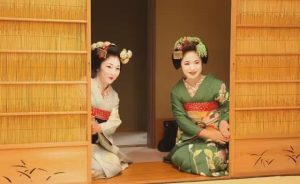
In the middle and late period of the Ping An era, Japan stopped sending envoys to the Tang Dynasty, and relatives Fujiwara turned aganiest the government of the Northern Song Dynasty, which is known as the Japanese National Culture in history.
During this period, China’s tea drinking culture was not transmitted to Japan in time. Tea drinking activities mainly include literati tea, temple tea and ceremony tea. Tea drinkers planted a small amount of tea. In addition to the tea gardens in the imperial palace, there are some scattered tea gardens belonging to private or monasteries in Kansai. In the 11th century, the small tea garden expanded to areas outside Kansai.
- Tea Drinking Customs
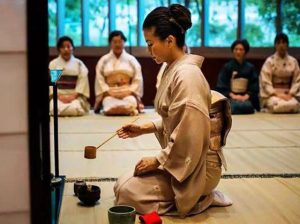
During the Kamakura and Muromachi shogunate periods, Japan and the Chinese government resume exchanges, and a large number of Japanese came to China. Tea drinking has also been widely popularized in the upper class of Japan.
Among the numerous Japanese monks who came to China during the Southern Song and Yuan Dynasties, Rongxi was the most outstanding. Rongxi studied in Tiantai, Zhejiang Province, and vigorously advocated drinking tea. He wrote a book called “Tea Health in Mind”, which described the efficacy of tea in detail, the method of tea making and tea drinking in the Southern Song Dynasty. It laid the foundation of Japanese tea culture. Rongxi is known as the “tea ancestor” of Japan.
In 1207, Rongxi gave the tea seeds he carried from the Southern Song Dynasty to the famous monk, MingHuiShangRen, and planted them in Mount Wei. MingHuiShangRen was very enthusiastic about tea promotion and became the leader of the tea industry after Rongxi. The Guiwei Tea Garden, which was cultivated by MingHuiShangRen, is known as “Bencha” and has been transplanted to various areas of Japan. In 1217, MingHuiShangRen sent the tea seedlings to Uji, then Uji became a famous tea produced area in Japan.
In 1241, the Japanese monk Yuanerbianyuan returned to Japan and brought back the seeds of Jingshan tea, which was planted in his hometown, Shizuoka. He also taught them to produce high-grade Japanese Matcha according to the method of Jingshan tea production, known as “Benshan Tea”, which laid the foundation for Shizuoka to become Japan’s largest tea production place in the future.
Before 1467, there were 61 tea gardens in Japan recorded in history. Tea gardens are mainly concentrated in monasteries and later planted in aristocratic manors. The range of tea drinkers is limited to monks and nobles.
- Tea ceremony Formation
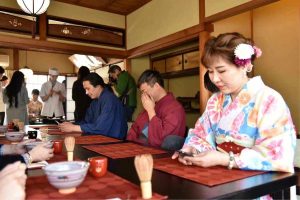
The period of Antuto Mountain in Japan was the formation of Japanese tea ceremony. Because of the different climate, Japanese tea has large green buds, crisp leaves and plenty of water. In the 15th and 16th centuries, the Uji Tea Garden near Kyoto innovated the method of planting tea in the greenhouse. Uji tea is divided into four grades according to the degree of refinement, and the super tea is called “white bag”. Uji tea has become the representative of high-grade tea in Japan.
- The Way of Frying Tea
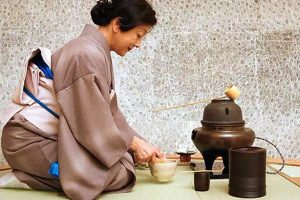
In the late period of Muromachi, there were two kinds of tea in Japan. One is the high-grade tea used by nobles, represented by Uji tea, whose green tea is made into final tea, which is very valuable. The other is folk extensive tea. The materials used for tea making are not good, stems and leaves are mixed. When drinking, the tea juice is boiled and tastes bitter.
Around 1738, Yonggu Zongyuan (1681-1777), a Uji tea farmer, created “fried tea”, that is, high-grade leaf tea. Pick a bud and three leaves, spread the steam to kill the green, knead it on the fire, and then dry it in the oven. It is emerald green in color, with a light roasted aroma, and a sweet taste. The tea is broken into pieces. The effective ingredients of tea are easily leached, which is suitable for tea making. However, due to its high cost, it was not widely spread at that time.
At the beginning of the 19th century, Yonggu Zongyuan’s tea making method was widely promoted and popularized in Japan.
In 1837, Shanbendeweng created the best fried tea – Yulu tea. Since then, Japanese tea production technology has become a school of its own. Japanese tea artists began to use the method to make tea, and tea as a practical product, really entered the homes of ordinary people in Japan.
- Modern Tea Industry
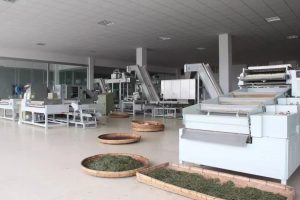
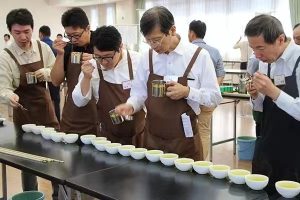
In 1898, the first Japanese fully automatic tea steaming machine was born in Shizuoka.
In 1908, Japan formulated the standard for identifying tea, and Shizuoka became the most important tea area in Japan. Japan’s modern tea industry has entered a period of rapid development.
